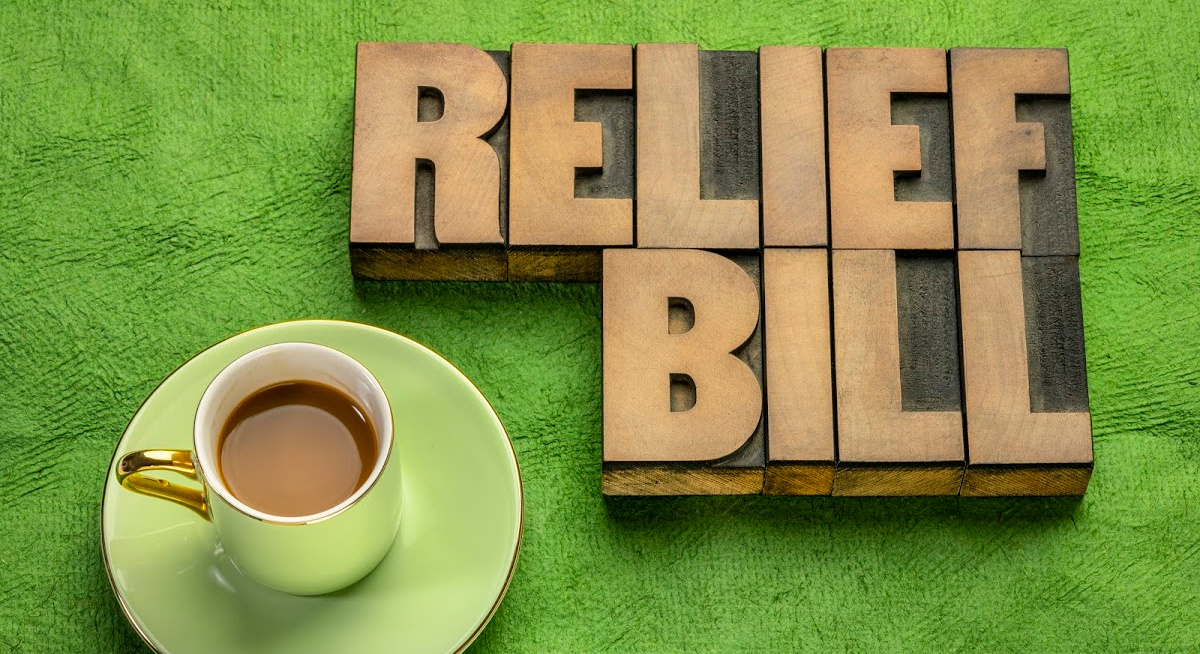Congress Passes American Rescue Plan with Restaurant Relief
3 Min Read By Pooja S. Nair
The American Rescue Plan Act (“the Act”) was passed by the Senate on March 6, 2021 by a 50-49 vote. It was ratified by the House of Representatives by a 220-211 vote on March 10, 2021. It is now headed to President Biden’s desk for signature, which is expected by this Friday, March 12, 2021.
The $1.9 trillion stimulus includes over $25 billion earmarked as direct aid to restaurants. This relief is modeled after the RESTAURANTS Act, which was first proposed by restaurant industry groups in April 2020. The $28.5 billion in aid is the first federal grant program specifically targeted to the industry since the pandemic began.
Restaurant Revitalization Fund
Section 5003 of the Act establishes a Restaurant Revitalization Fund, to be administered by the Administrator of the Small Business Administration (“SBA”). The Restaurant Revitalization Fund consists of $25 billion earmarked for Restaurant Revitalization Grants.
The Act earmarks $5 billion of this total fund amount for restaurants with gross revenue of $500,000 or less. The remaining $23.6 billion is available for the SBA to administer “in an equitable manner to eligible entities of different sizes based on annual gross receipts.”
Entities Eligible for Grant Funding
Under the Act, entities eligible to receive Restaurant Revitalization Fund grants include restaurants, bars, tasting rooms, lounges, taprooms, taverns, food trucks, and other businesses with the primary purpose of serving the public food and drink.
Some businesses are specifically excluded, including entities with more than 20 locations, state and local government-operated businesses, and entities located in airport terminals. Entities that previously received aid under the small businesses, nonprofits, and venues act are also not eligible for grant funding.
Eligible Expenses
Restaurant Revitalization Grants must be used for expenses within the covered period, from February 15, 2020 to December 31, 2021. The SBA Administrator may extend the covered period.
The Act specifies that eligible expenses for restaurants to use Restaurant Revitalization Grants Funds for include:
- Payroll costs (excluding employee compensation exceeding $100,000/year)
- Paid sick leave
- Mortgage, rent, utilities
- Maintenance (including outdoor seating construction; walls, floors, deck surfaces, furniture, fixtures, and equipment)
- Supplies, including pandemic-related supplies of personal protective equipment and cleaning materials
- Food and beverage expenses within the scope of the normal business practice of the entity
- Operational expenses
- Covered supplier costs
The eligible expenses for grant funding are significantly broader than forgivable loan expenses under the Paycheck Protection Loan program. The SBA Administrator may expand this list of eligible expenses, as we have seen with PPP Loans.
If an eligible entity does not use all the grant funds for eligible expenses by the end of the covered period, the entity is required to return the funds. Additionally, if an eligible entity closes permanently, they must return any remaining funds.
Calculation of Grant Amounts
The grant amount that a restaurant is eligible to receive will equal the amount of pandemic-related loss.
Pandemic-related revenue loss is calculated by taking the entity’s 2019 revenues and subtracting 2020 revenues.
If an eligible entity was not in operation for the entirety of 2019, pandemic-related revenue is calculated by taking the sum obtained by multiplying the average monthly gross recipes of the eligible entity in 2019 by 12 and subtracting the sum obtained by multiplying the average monthly gross recipes of the eligible entity in 2020 by 12.
If an eligible entity opened after January 1, 2020, the pandemic-related revenue loss would be the eligible expenses incurred by the entity minus gross receipts receive. The SBA administrator may also create a new formula for grant relief to these businesses.
Maximum Grant Amount
The maximum grant amount under the Act is of $10 million for an eligible entity and an affiliated businesses (normally a restaurant group). The term “affiliated business” is defined as a business in which an eligible entity has an equity or right to profit distributions of not less than 50 percent, or in which an eligible entity has the contractual authority to control the direction of the business, provided that such affiliation shall be determined as of any arrangements or agreements in existence as of March 13, 2020. A maximum of $5 million in grant funding will be awarded per physical location of an eligible entity.
Prioritization of Grants
Once grant applications are open, the Act provides for a 21-day period to prioritize grants to eligible entities. These entities include small businesses owned and controlled by women, small businesses owned and controlled by veterans, and socially and economically disadvantaged small business concerns (as defined . These applications will require a self-certification of eligibility for priority. The SBA Administrator may extend this period between 21 days.
Tax Treatment of Restaurant Revitalization Grants
Section 9673 of the Act addresses the tax treatment of Restaurant Revitalization Grants. The Act provides that grant amounts “shall not be included in the gross income of the person that receives such amounts.”
What Comes Next?
Restaurant owners have been eagerly awaiting direct grant relief for over a year. Questions remain about exactly how Restaurant Revitalization Fund grants will be administered, what the application process will be, and how soon restaurants can expect to receive these funds. Restaurant owners should gather information necessary to calculate pandemic-related loss for grant purposes, and closely watch for updates from the SBA about the application and distribution process.


